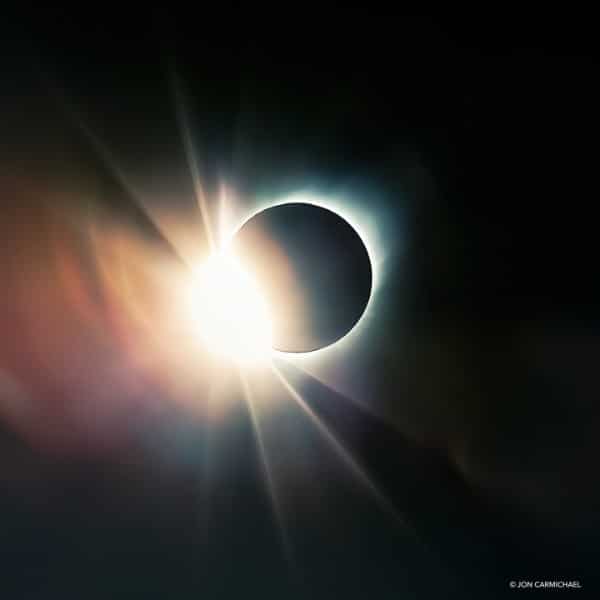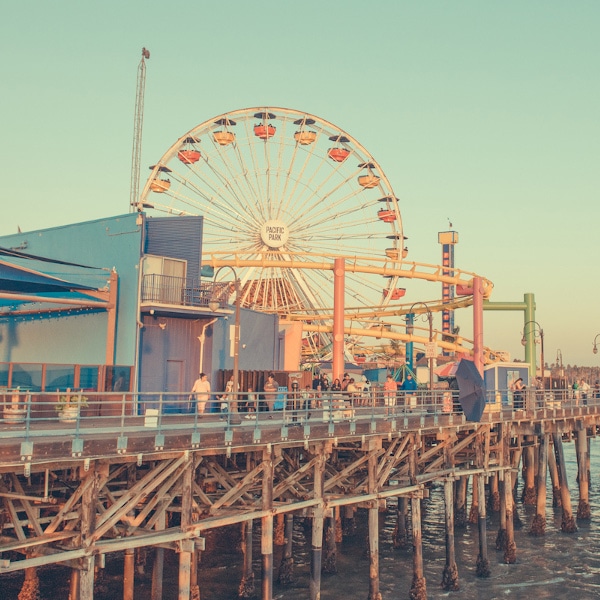From 1984 to 1987, California-based photographer Janet Delaney documented everyday street scenes on the opposite coast during several trips to New York City, a metropolis that seemed alluringly different from the quiet suburbs of Los Angeles that Delaney had grown up in. Twin-lens Rolleiflex in hand, the photographer wandered the streets of Manhattan, crossing paths with strangers and delighting in their brief moments of contact. Her eclectic images, viewed through the lens of the present, form a striking portrait of NYC and its inhabitants going about their daily lives during a colorful time in history.
“I brought these stolen observations back to California, printed them, and put them in a box on the shelf,” Delaney writes. “Thirty years later, as I revisit these images, I see that they allow me to travel once again, now back to another era. These split seconds silently frame my view of the past, a past full of incidental moments that combined together to form a very personal record of a shared memory.”

What allure did New York City hold for you in the 1980s?
Up until the advent of the internet it seemed like the only way to get your work seen or to see the work of others was to go to New York City. Artists from all over the country would make the journey with their portfolios every so often. It was, and may still be, the Art Mecca.
I rarely went with only this intent; rather, I went because there was so much to see, not just in the galleries and museums, but right on the street.
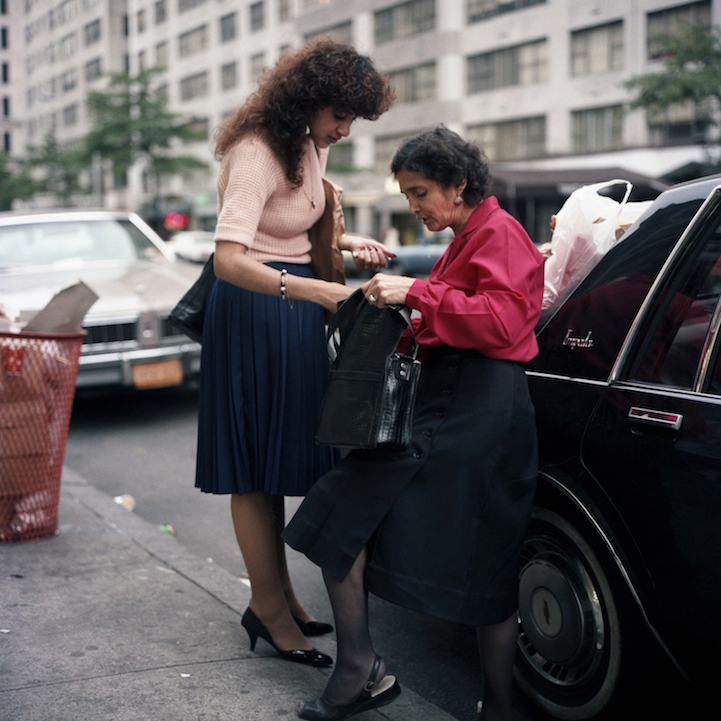


How did the reality measure up to what you had imagined?
I was always thrilled to be in New York City. It was a vibrant place, like no other.
But it was also a difficult place to imagine living. I elected to work in San Francisco and visit New York City because it would allow me to spend more time on my art and less time trying to pay the rent. All my friends lived in lower Manhattan. I never went to Brooklyn. SoHo was still where all the galleries were. It was scruffy, lots of independent businesses lined Canal Street. Pickles were still sold in barrels right out on the street!
I had a dear friend, Barbara Mensch, who has a studio on Water Street. She was photographing the Fulton Fish Market at the same time I was documenting San Francisco's South of Market or SoMa neighborhood. She loves New York and gave me a very intimate introduction to the various parts of town. She helped me to fall in love with the city.

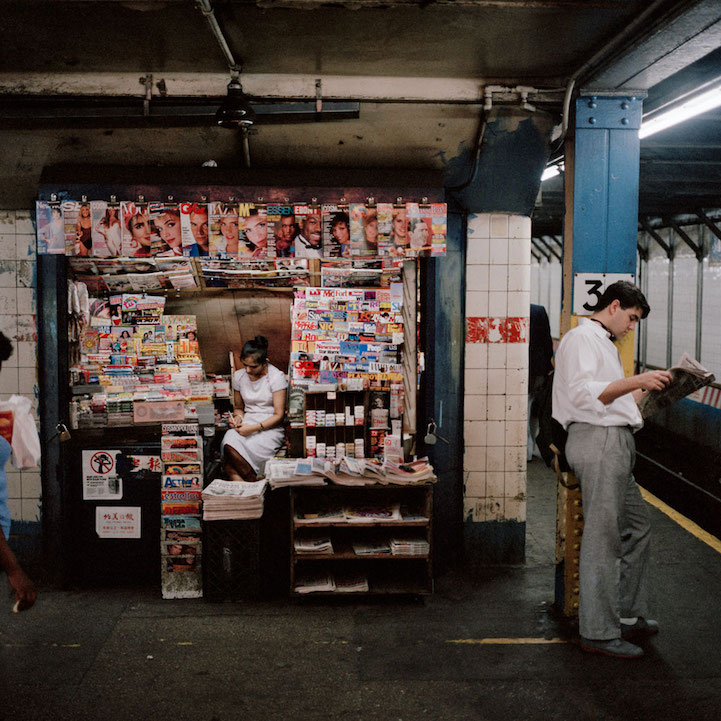
What words would you use to describe NYC in those years?
The epicenter of art. Hectic. More conservative, socially and politically, than the West Coast. Very wealthy and very poor at the same time.
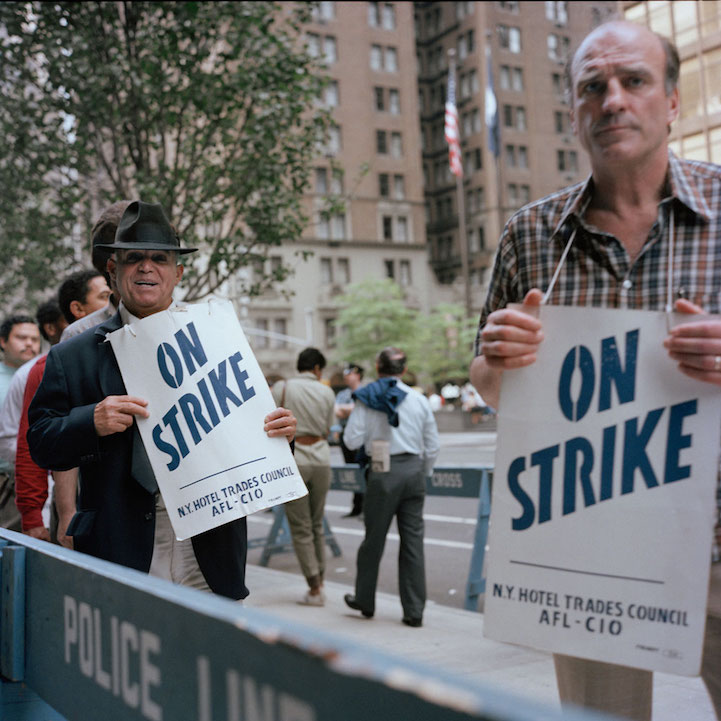

What kind of images did you try to capture while exploring the city?
In New York I had no agenda, I was photographing for just the sheer pleasure of it. In San Francisco at this same time, I was working with a great deal of focus on a particular issue. New York was my escape. Plus, it was more crowded on the street and easier to go unnoticed with my camera.
When I am photographing in any city, I am looking for the moments that you catch from the corner of your eye. It is like visual eavesdropping. I am drawn to the communal aspect of city living, the accidental encounters where you witness without being seen. Or, as importantly, you can strike up a conversation with a complete stranger and then move on. Photographing strangers is a very intimate process. It is both thrilling and exhausting.


Reflecting on this series over 30 years later, what are some of your thoughts?
Photographs allows us to travel to another place and time. I have looked at the work of Jacob Riis, Bernice Abbott, Walker Evans, Helen Levitt, and Garry Winogrand. All these photographers captured not just the faade, but the state of mind of New York City in the 20th century. These images of mine are my personal route to this past era. It was a slower time, but no less complicated.



Janet Delaney: Website | Facebook
My Modern Met granted permission to use photos by Janet Delaney.






















































































